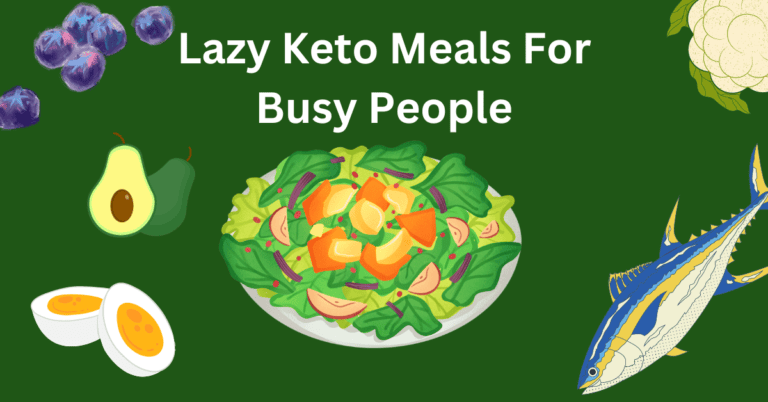Mastering the Cyclical Ketogenic Diet: A Proven Strategic Approach for Weight Loss & Carb Cycling
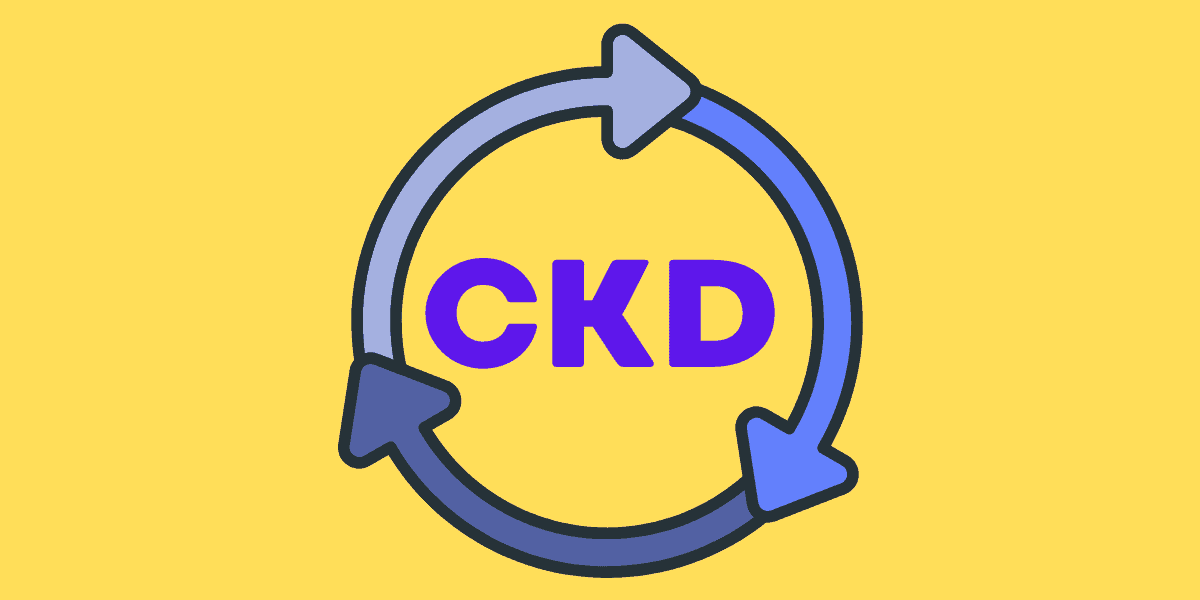
Wondering how to balance strict keto with the flexibility to enjoy carbs? The cyclical ketogenic diet might be your answer.
By alternating between low-carb and high-carb days, the cyclical ketogenic diet serves the dual purpose of maintaining ketosis while replenishing muscle glycogen, ideal for those incorporating intense workouts into their routine. Discover how you can optimize your diet for fitness and satisfaction without losing the benefits of ketosis.
Key Takeaways
The Cyclical Ketogenic Diet (CKD) combines low-carb and high-carb phases, allowing for dietary variety and aligning carb intake with workout schedules to maintain energy and performance.
Properly implemented, CKD supports weight loss by utilizing a high-fat, low-carb ketogenic phase for most of the week, followed by a high-carb refeeding phase to replenish muscle glycogen stores.
Transitioning back into ketosis after high-carb days is crucial and can be facilitated by strategies like intermittent fasting and high-intensity exercise, aiding in swift return to fat-burning mode.
Unveiling the Cyclical Ketogenic Diet (CKD)
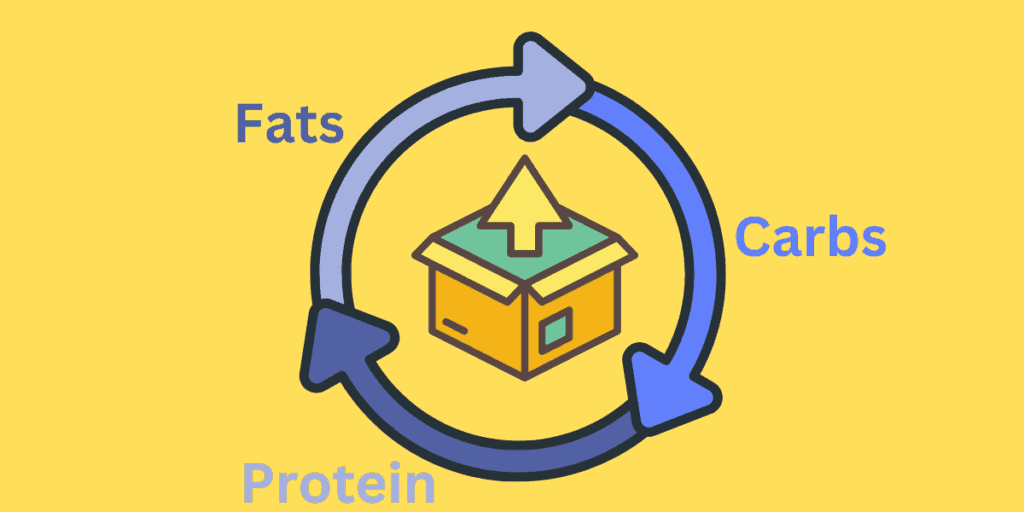
Welcome to the dynamic world of the cyclical keto diet, a game-changing approach that reinvents the standard keto diet with a twist.
The keto cycle diet allows you to cycle in and out of ketosis by alternating between low-carb and high-carb days, creating a rhythm that can fuel your workouts and help manage your weight with greater flexibility than ever before.
Unlike the very low-carb diet of traditional keto, CKD breaks the monotony with delicious high-carb intermissions, allowing you to enjoy a wider variety of foods while still reaping the benefits of ketosis.
Imagine powering through your week with the focus and energy provided by ketones, then recharging your batteries with a well-deserved carb feast that prepares you for your next athletic endeavor.
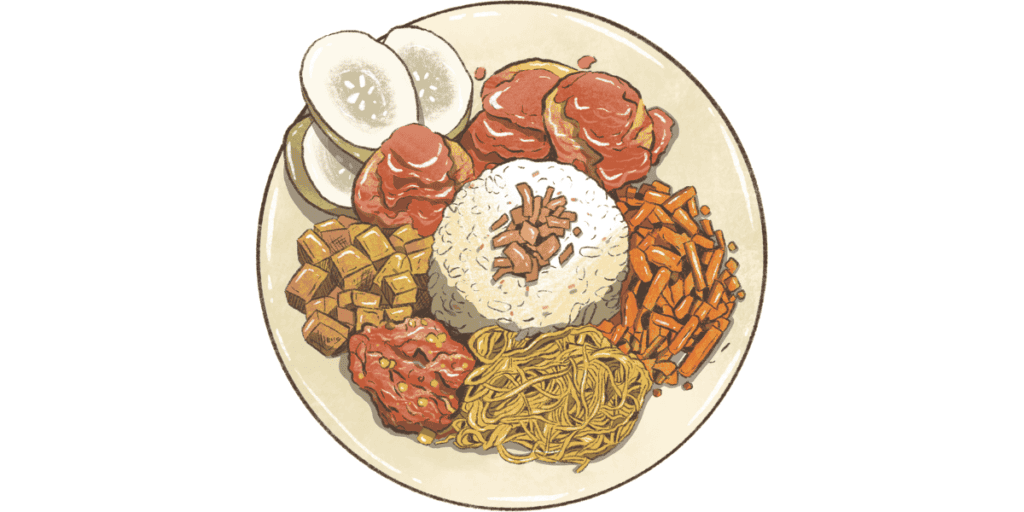
This cyclical ketogenic approach aims to give you the best of both worlds, the fat-burning efficiency of a low carbohydrate diet and the glycogen-replenishing power of a high carbohydrate diet, designed especially for those who don’t want to give up on intense workouts or a little dietary indulgence.
It’s no wonder that CKD has found a dedicated ketogenic diet group among fitness enthusiasts and those seeking a harmonious balance between strict dieting and exercise enhancement.
The Mechanics of CKD: How It Works
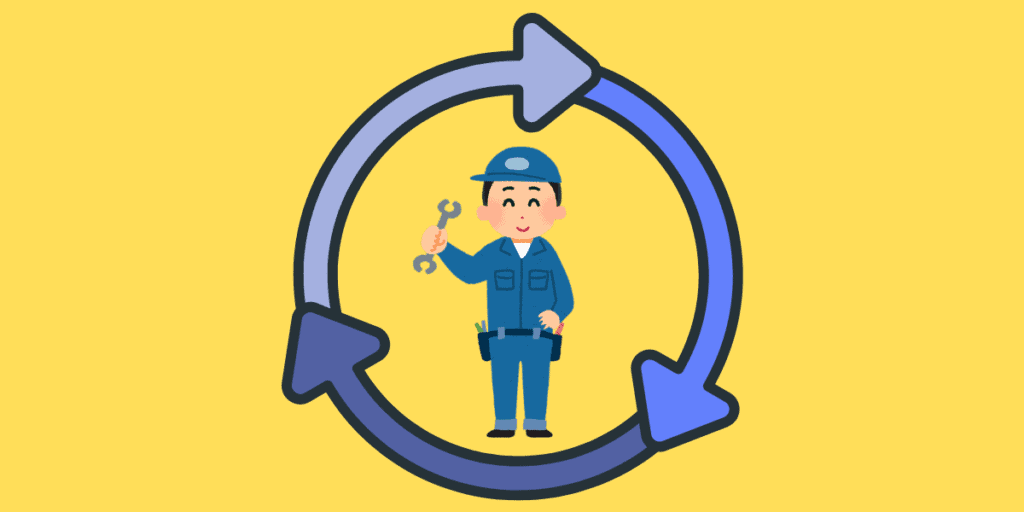
Delving into the mechanics of the cyclical ketogenic diet, it’s like orchestrating a dance between two contrasting worlds of nutrition. During the week, you’re in the realm of ketosis, where the liver transforms fats into ketone bodies, an alternative energy source to glucose.
This is the low-carb phase, typically spanning 5-6 days, where you’ll stick to a strict ketogenic diet, keeping carb consumption to a minimum to maintain this fat-fueled state.
Then comes the crescendo: the high-carb days.
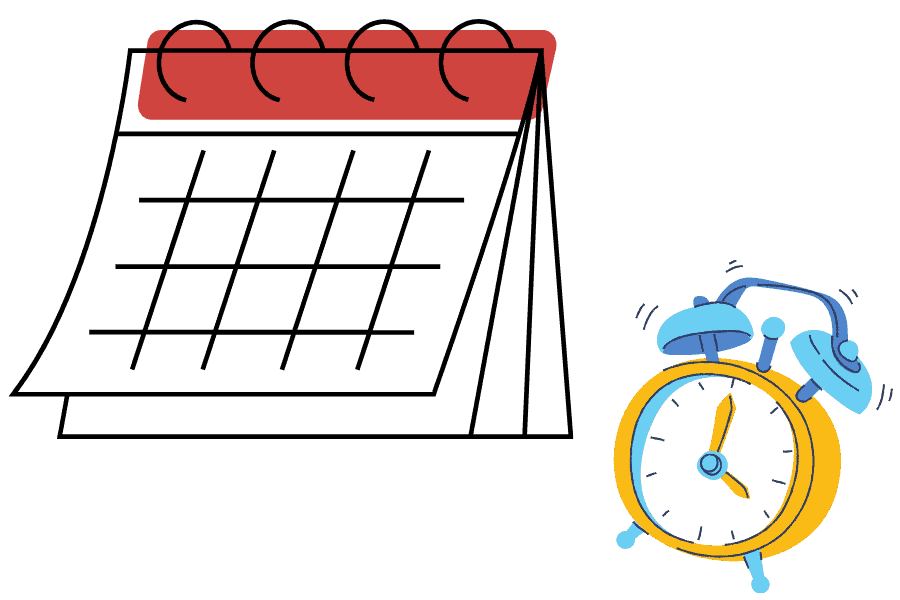
These are your refeeding days, usually 1-2 days per week, where you’ll increase your carb intake strategically. It’s during this phase that you replenish your muscle glycogen stores, the fuel reserves that your muscles crave for those high-intensity workouts.
By flipping the metabolic switch periodically, CKD empowers you to maintain the overall state of ketosis while ensuring your energy levels don’t plummet when you need them most. It’s a delicate balance that, when maintained, can lead to a harmony of health and performance.
Tailoring Your Carb Intake for CKD
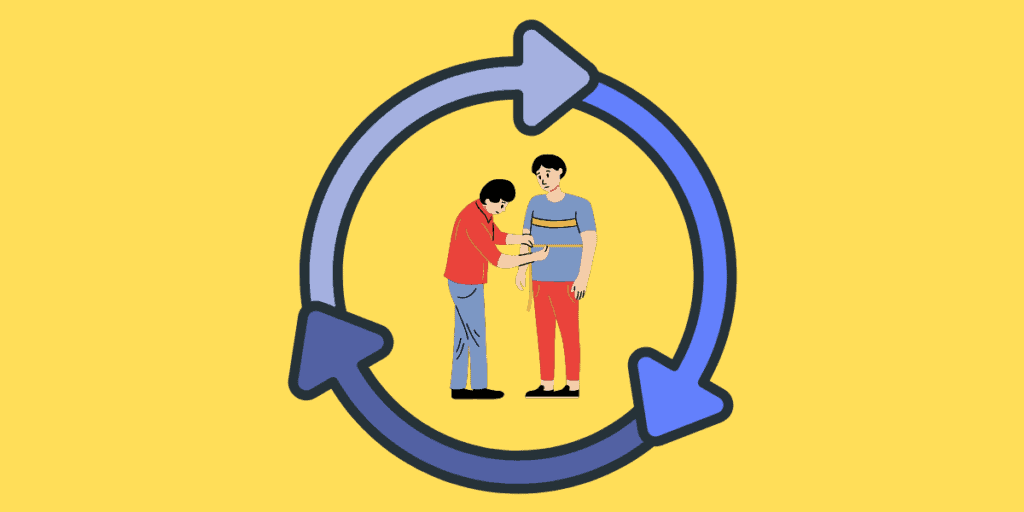
Embarking on the cyclical keto journey requires a tailor-made approach to your carb intake.
During the low-carb phase, the goal is to consume between 20-50 grams of carbs per day to keep the ketosis engine running smoothly.
Then, when the time comes for your high-carb days, you’ll up the ante to about 100 net grams, giving your body the glycogen boost it needs without knocking you out of ketosis’s metabolic benefits.
This increase to 300-400 grams of carbs is significant, but it’s crucial for refueling those depleted glycogen stores, particularly if you’re engaging in strenuous workouts. The trick is to find the sweet spot that supports your energy needs while keeping your body keto-adapted.
Determining Your High-Carb Needs

Navigating the high seas of your high-carb days, your compass is the macronutrient ratio.
During these carb-refeeding days, aim for your caloric intake to comprise 55-75% carbohydrates, 20-30% protein, and 10% fats.
This shift means that carbs will take center stage, forming the bulk of your diet, which is a stark contrast to the fat dominance of your standard ketogenic diet phase.
For example, if you’re a gladiator gearing up for the arena, your seventh day might see you feasting on roughly 150 grams of carbs to ensure you’re ready for battle.
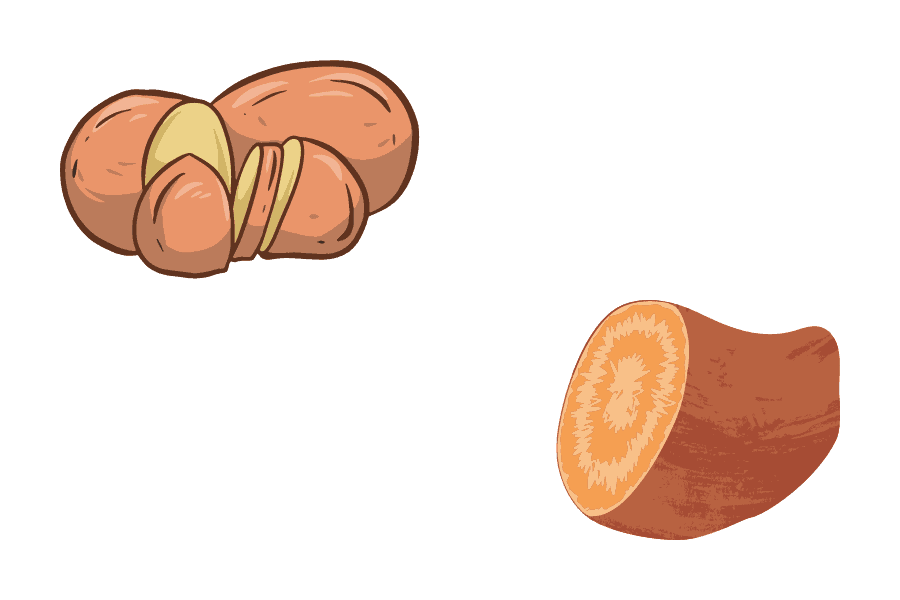
But it’s not just about how many carbs, it’s also about the types of carbs you choose. This is where quality trumps quantity.
By selecting the right kind of carbs, you’re not only fueling your workouts effectively but also maintaining insulin levels that are conducive to muscle growth and recovery. Think of your high-carb days as the time to load your plate with the energy your body needs to perform at its peak.
But it’s not just about how many carbs, it’s also about the types of carbs you choose. This is where quality trumps quantity. By selecting the right kind of carbs, you’re not only fueling your workouts effectively but also maintaining insulin levels that are conducive to muscle growth and recovery. Think of your high-carb days as the time to load your plate with the energy your body needs to perform at its peak.
Selecting Quality Carbs for Refeeding
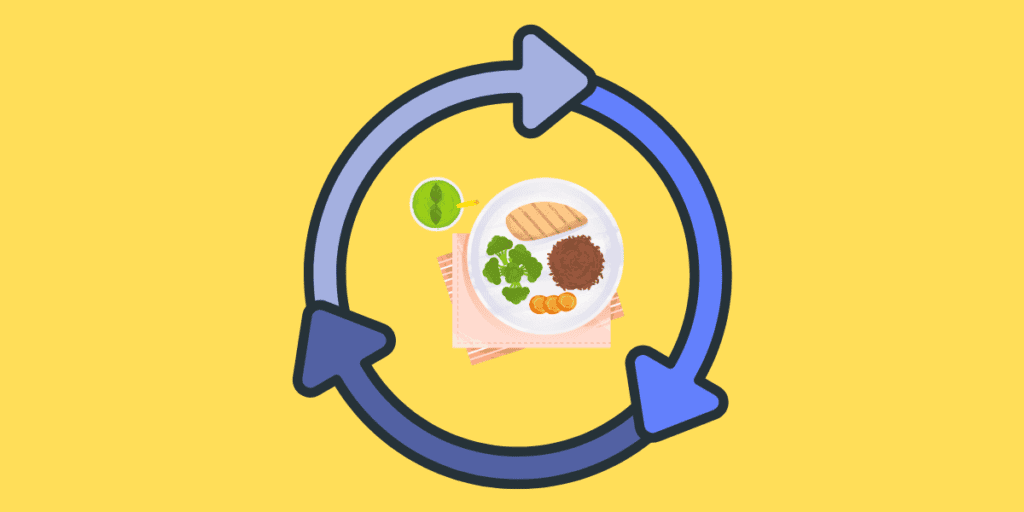
When it’s time to refeed, think of your carb sources as the fuel for a champion.
On these high-carb days, focus on whole-food carbohydrates that come wrapped in nature’s packaging, like the earthy sweetness of a sweet potato or the hearty satisfaction of brown rice.
These fiber-rich foods are not only packed with essential nutrients but also promote gut health and prevent constipation, easing your dietary transition and maintaining a robust digestive system.
But the choices you make on these carb-refeeding days go beyond just digestive comfort.
By opting for complex carbs from sources like oats, quinoa, and beans, you’re choosing foods high in vitamins, minerals, and fiber that will support overall health.
Moreover, to sidestep the pitfalls of unhealthy blood sugar spikes, it’s wise to steer clear of simple sugars and refined grains, ensuring you can glide back into ketosis with grace and ease.

Timing Your Carb Ups Strategically
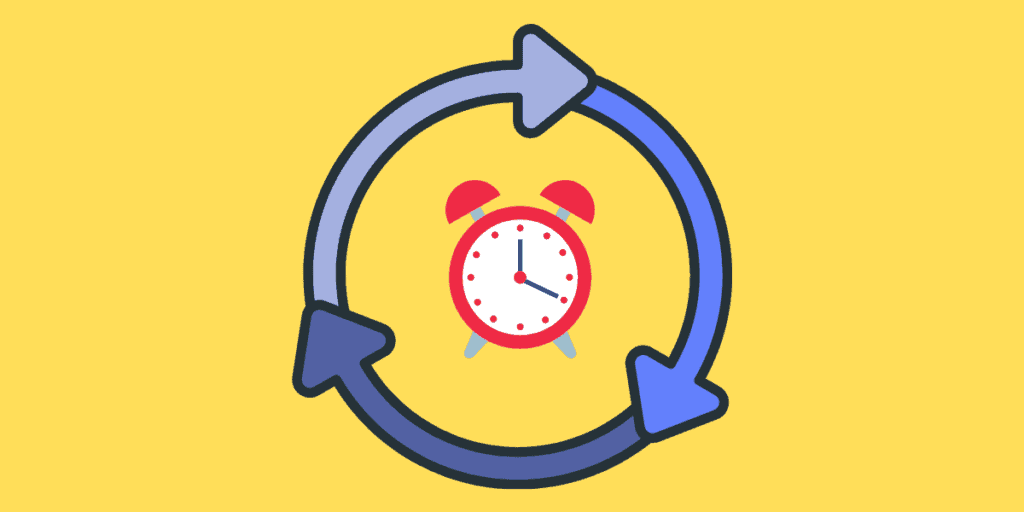
The art of carb cycling on the cyclical keto diet isn’t just about what you eat, but also when you eat it.
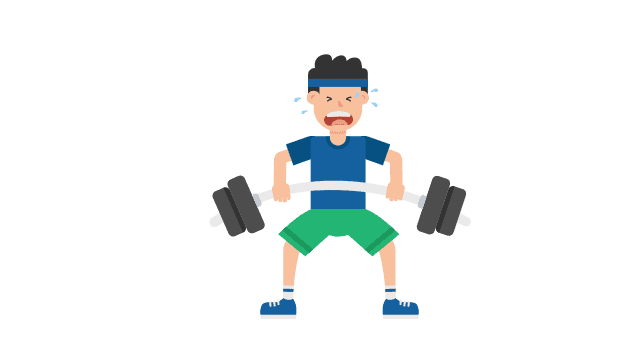
To maximize the benefits of your high-carb eating, align your heavier workouts with these days, as the increased glycogen will fuel your muscles for peak performance.
Think of it as timing your nutritional intake just as you would a workout routine, with precision and purpose.
Start carb loading about 5 hours before your most demanding workout to ensure your body is primed and ready for action.
Then, about 1-2 hours before you hit the gym, supplement with a mix of glucose and fructose to provide an immediate energy source that can help you push through those last few reps or shave seconds off your sprint.
This strategic timing not only supports your performance but also helps your body to jumpstart the process of returning to ketosis once the workout is done.
The Impact of CKD on Body Composition
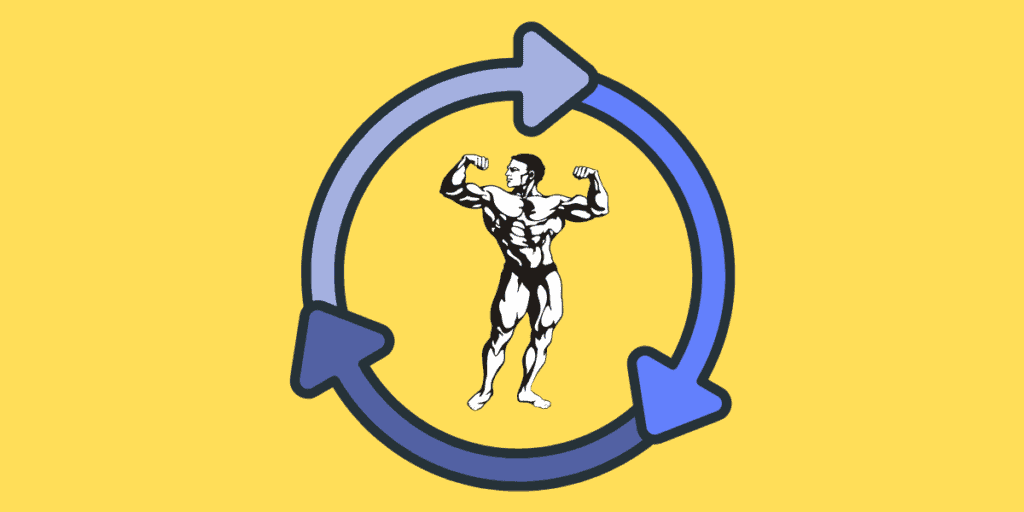
The cyclical ketogenic diet is like a sculptor’s chisel, meticulously crafting your body composition with each cycle of carbs and ketosis. Research shows that CKD can lead to weight loss, as it results in reductions in both body weight and body fat, which is music to the ears of anyone looking to shed a few pounds.
But it’s not just about the scale, CKD may also impact your body’s lean mass, potentially decreasing it due to glycogen depletion from the low-carb intake. However, for those looking to build muscle, CKD offers a silver lining. On those high-carb days, insulin levels rise, tapping into insulin’s anabolic properties to promote muscle growth.
While CKD may not be a magic bullet for strength or endurance enhancement, it’s a tool that can be wielded effectively for fat loss and muscle definition with the right approach.
Synchronizing Exercise with CKD

Marrying exercise with the cyclical ketogenic diet is like finding the perfect training partner, one that complements your routine and enhances your performance.
CKD is particularly well-suited for those who engage in high-intensity workouts, as it provides the necessary carbohydrates to support such demanding activities.
By timing your high-carb days to follow your toughest workouts, you take full advantage of replenished glycogen stores, ensuring your muscles have the energy needed to recover and grow.
But CKD goes beyond just energy provision; it also affects how your body utilizes fuel during exercise. Studies have shown that adhering to CKD can lead to a decrease in respiratory exchange ratio, indicating a greater reliance on burning fat as fuel.
This doesn’t necessarily translate to improved endurance performance, but it does suggest that your body becomes more efficient at utilizing different energy sources, a testament to the diet’s flexibility and adaptability.
Transitioning Back to Ketosis

After the high of high-carb days comes the challenge of transitioning back to the fat-burning state of ketosis. This is where strategies like intermittent fasting come into play, as it shifts the body’s energy use from glucose back to fats, accelerating your return to ketosis.
Pair this with high-intensity workouts on an empty stomach to help quickly deplete any remaining glycogen stores, and you set the stage for a swift re-entry into fat-burning mode.
Monitoring your daily carb intake is also crucial during this phase, as underestimating consumption can delay your return to ketosis. Keep a close eye on your macros, and consider using ketone testing methods like breath or blood meters to confirm that you’ve successfully crossed back into ketosis.
For those who have been following a ketogenic diet for several weeks, the transition back to ketosis post-carb refeeding can be surprisingly quick, sometimes occurring as soon as the next day.

To make this process even more efficient, starting with a solid month of standard keto before cycling can make all the difference.
Potential Pitfalls and How to Avoid Them
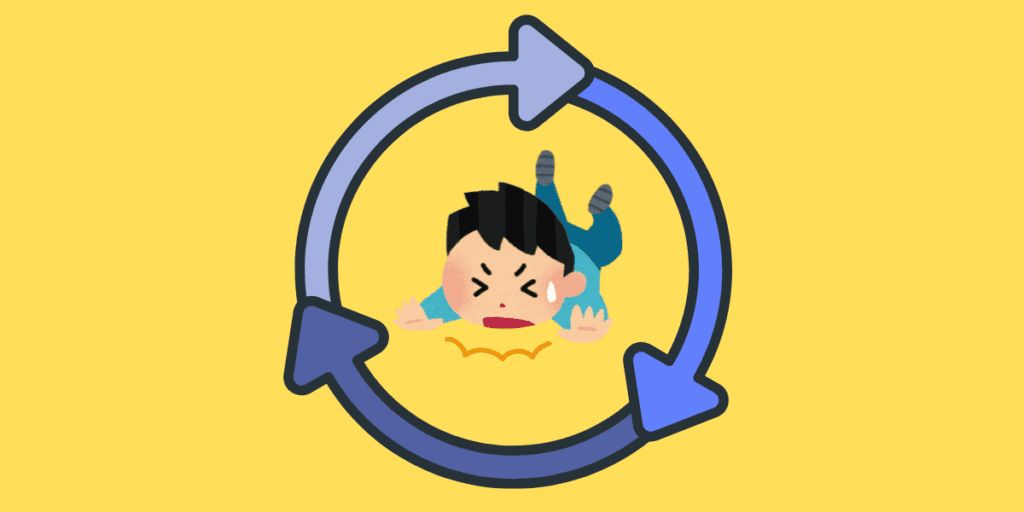
Every diet has its hurdles, and the cyclical keto diet is no exception.
When you first start to restrict carbs, cravings can emerge as your body adjusts to its new fuel source. Combat these by choosing high-quality carbs and ensuring you get plenty of fiber, which can reduce inflammation in the gut and keep you feeling full and focused.
But it’s not just about managing hunger, water retention and weight fluctuations can also be part of the journey, particularly for those sensitive to carbohydrate intake.
To minimize transition side effects like the dreaded keto flu, strategic refeeding days that incorporate high-fiber carbs can be a godsend. These carbs can ease constipation, while the influx of carbs can help alleviate other symptoms like nausea and headaches.
By anticipating these potential pitfalls and planning accordingly, you can navigate the cyclical ketogenic diet with confidence and comfort.
Maximizing the Benefits: Supplements and Keto-Friendly Foods
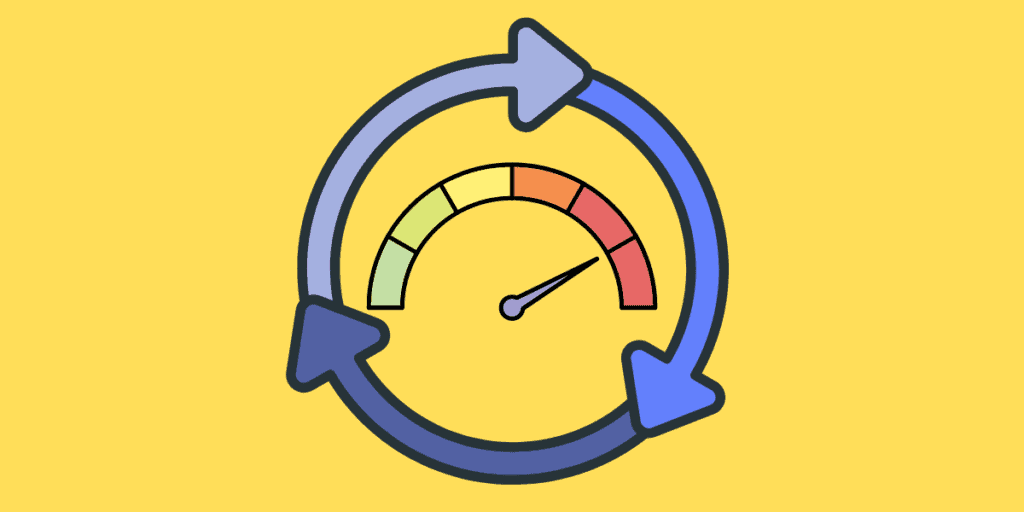
To truly harness the power of the cyclical ketogenic diet, consider integrating supplements and keto-friendly foods into your routine.
MCT supplements are a standout choice, providing fatty acids that the body can quickly convert into ketones, helping you bounce back into ketosis after those high-carb days.
They are absorbed swiftly and can be a valuable part of your nutritional arsenal, especially when looking to streamline your transition between diet phases.
The cyclical keto diet isn’t just about what you cut out, it’s also about what you include. A diverse array of keto-friendly foods can provide the nutrients you need while keeping your carb intake in check. Some examples include:
Eggs
Avocados
Full-fat dairy
Fatty meats
Remember to add in some high-fat options like MCT oil or nut butters for a boost of healthy fats that align with your dietary goals.
Personalizing Your Cyclical Keto Plan

Crafting your own cyclical keto diet plan means adjusting the dials of your daily carb intake to tune into your body’s unique needs. During the standard keto phase, aim for 20-50 grams of carbs per day, and make sure the majority of your calories come from healthy fats and high-quality proteins.
Then, when it’s time for your high-carb refeeding days, increase your carb intake to 60-70% of your total calories, while keeping fats low and proteins moderate.
Starting your cyclical keto diet with a focus on low-carb intake and healthy fats sets a strong foundation for success. From there, it’s about listening to your body, monitoring your performance, and fine-tuning your diet to support your fitness goals and lifestyle.
Whether you’re looking to build muscle, lose weight, or simply maintain your health, CKD can be customized to help you reach your objectives.
Summary
As we wrap up our journey through the cyclical ketogenic diet, it’s clear that this approach offers a flexible and dynamic way to manage your health and fitness.
By mastering the art of carb cycling, you can enjoy the benefits of ketosis while still indulging in the occasional carb-rich meal to fuel your workouts and recovery. It’s a strategy that requires careful planning and attention to detail, but the potential rewards in body composition, energy levels, and overall well-being make it an enticing option for many.
Whether you’re an athlete striving for peak performance or simply someone looking to add variety to your keto eating routine, CKD offers a path to reach your goals while accommodating a broader range of foods.
Embrace the cyclical nature of this diet, adapt it to your personal needs, and you might just find that it’s the key to unlocking a healthier, more energetic you.
FAQs
How does the cyclical ketogenic diet differ from the standard ketogenic diet?
The cyclical ketogenic diet differs from the standard ketogenic diet by including periods of higher carb intake, known as refeeding days, followed by several days of low carb, ketogenic eating to replenish muscle glycogen stores. This cycle is beneficial for those doing high-intensity workouts.
Can CKD help me lose weight?
Yes, CKD can help you lose weight by allowing you to maintain the fat-burning benefits of ketosis while still incorporating higher-carb days for metabolic flexibility. This can lead to reductions in body weight and body fat, similar to what might be achieved with a nutritionally balanced reduction diet.
Is it difficult to transition back to ketosis after a high-carb day?
The transition back to ketosis after a high-carb day can vary, but strategies like intermittent fasting, high-intensity workouts, and careful monitoring of carb intake can help expedite the process. Some may return to ketosis as quickly as the next day, especially if they have been following a standard ketogenic diet for several weeks prior.
Are there any side effects to be aware of when starting CKD?
Yes, there can be side effects when starting CKD, such as cravings, water retention, and symptoms similar to the keto flu. These can be managed with adequate fiber intake, quality carbs, and timing refeeding days.
What types of workouts should I do on high-carb days?
On high-carb days, focus on intense workouts like heavy resistance training or HIIT to make the most of replenished muscle glycogen stores, maximizing energy and muscle growth.

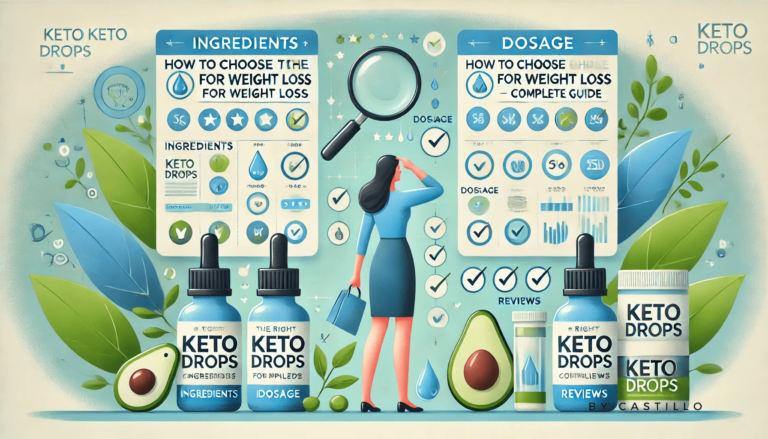
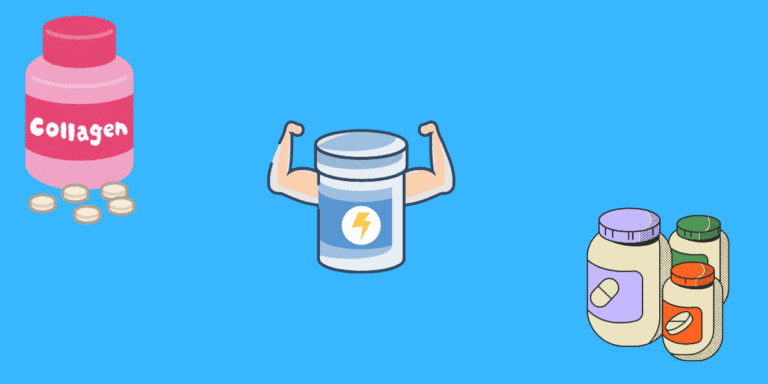

![Keto Slim Drops Review [2024]: Is It Worth Trying?](https://bycastillo.com/wp-content/uploads/2024/09/REVIEWED-Keto-Slim-Drops-Blog-Banner-768x439.png)

